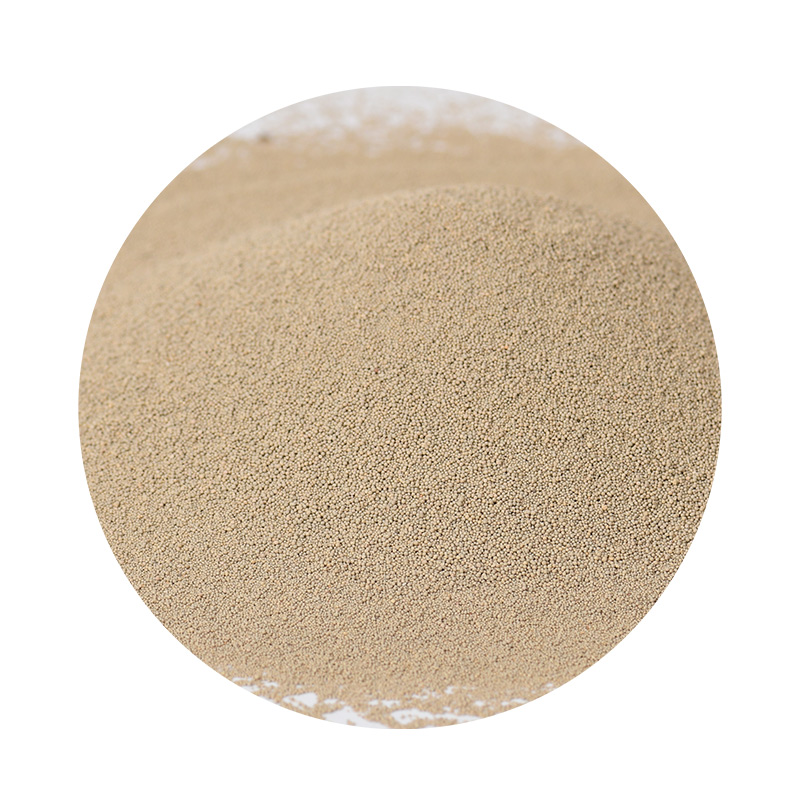The Allure of 3D Sand Innovating Art and Design
In the realm of modern art and design, 3D sand has emerged as an intriguing medium that melds the organic beauty of nature with the precision of technology. This material transforms the way artists and designers interact with sand, allowing for a rich, tactile experience that transcends traditional artistic limitations. As we delve into the world of 3D sand, we uncover its potential to redefine creativity and innovation across various fields.
3D sand technology is rooted in the principles of additive manufacturing. Unlike traditional sculpting, where material is removed from a solid block, 3D sand printing builds objects layer by layer. This process not only preserves the intricacies of design but also enables the creation of complex structures that would be nearly impossible to achieve manually. Artists can now experiment with forms and textures that evoke the dynamic qualities of sand itself, capturing the essence of nature in their works.
The Allure of 3D Sand Innovating Art and Design
In addition to its aesthetic appeal, 3D sand technology has practical applications that extend beyond the realm of fine art. Architects and designers are utilizing this medium to create prototypes and models that incorporate natural elements. For instance, landscape architects can use 3D sand to design outdoor spaces that harmonize with their surroundings, creating gardens and parks that evoke a sense of tranquility. The environmentally conscious nature of sand also aligns with sustainable design practices, as it is a natural and abundant material.
3d sand

Furthermore, the educational potential of 3D sand is immense. Schools and universities are beginning to incorporate this technology into their curricula, allowing students to explore concepts in physics, geology, and art in a hands-on manner. By working with 3D sand, students can gain a deeper understanding of erosion, sedimentary processes, and the beauty of natural landscapes.
The accessibility of 3D sand technology has also made it a popular choice among hobbyists and DIY enthusiasts. With the rise of affordable 3D printers that can work with sand, individuals can experiment with their designs at home. This democratization of art and design fosters creativity and innovation, allowing anyone with a vision to bring their ideas to life.
As we look to the future, the potential of 3D sand is limitless. Researchers are exploring new methods of mixing sand with other materials, such as polymers and resins, to create even more diverse applications. Furthermore, collaborations between artists and technologists continue to push the boundaries of what is possible, leading to groundbreaking artistic expressions that challenge our perceptions of both art and nature.
In conclusion, the fascination with 3D sand lies in its dual nature – both a tool for creativity and a bridge connecting us to the natural world. As artists, designers, and educators continue to explore its possibilities, we are reminded of the beauty that exists in simplicity and the profound impact that art can have on our lives. The journey through the world of 3D sand is just beginning, and it promises to be a captivating exploration of innovation and artistry.
Post time:Okt . 13, 2024 04:03
Next:the golden sands
